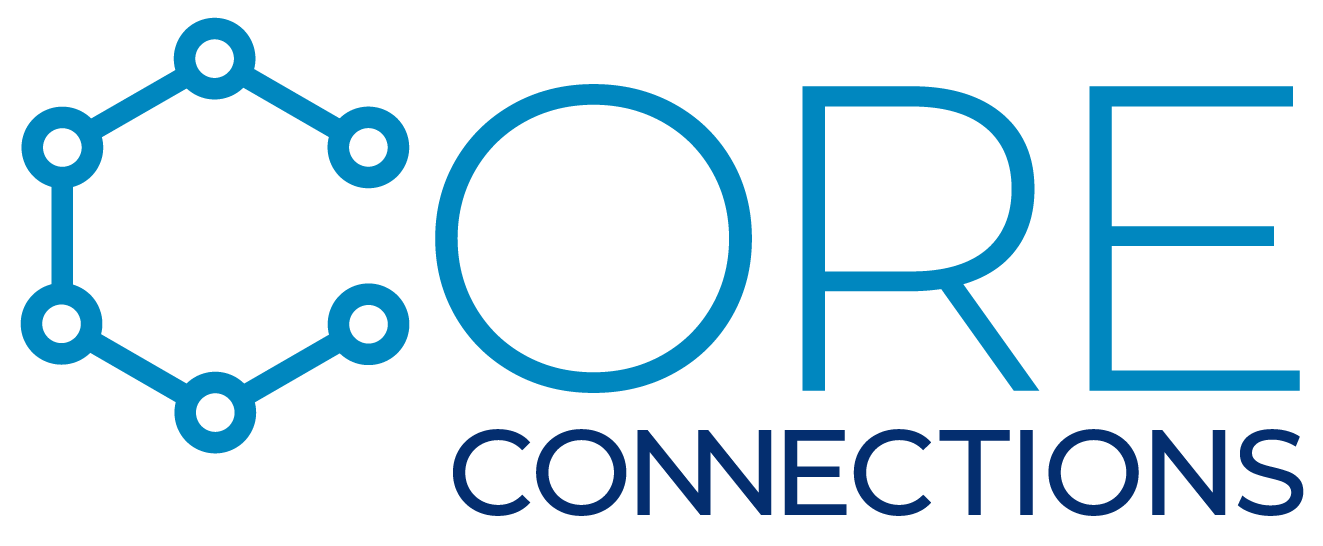
Hosted PBX is a cloud-based communications system that allows employees to access all of the features of a business phone system—such as voicemail, fax, conference calling, and others—from anywhere that has an internet connection. This means that employees can work from anywhere in the world while still making a positive impression on clients with a professional business phone system.
Increasing Productivity
A study conducted at Stanford University and a Remote Collaborative Worker Survey by ConnectSolutions (now CoSo Cloud), as well as others, have found that there are benefits for both employers and employees when employees have the option to work remotely. Among these is increased productivity. Hosted PBX systems provide advanced features that used to only be available in an office setting but can now be accessed by a company’s employees anywhere in the world. These systems foster greater employee productivity through features such as the following:
- Connecting with colleagues: While employees may not be working under the same roof, they are still all connected by the same phone system. This allows them to quickly connect with colleagues using four-digit business extensions through the hosted PBX system, which reduces costs on long-distance calls. Additionally, hosted PBX platforms offer conference calling (both audio and video), eliminating the need for in-person meetings when workers are based remotely. Instead, employees and other partners across multiple locations can connect on a single call.
- Call Forwarding: Employees are assigned a phone number within the business directory; however, rather than being tied to a specific telephone within the office, any calls to the number are automatically forwarded to the employee’s personal device. This allows them to work from anywhere and still answer all of their important calls.
- Unified Call Messaging (UCM): When an employee receives communication, it can be shared across multiple selected platforms. In this sense, a voicemail will not just be accessible by phone but can also be sent via email. This provides remote (and all) employees multiple avenues to access important messages.
- Multi-device Access: With hosted PBX, employees can make and receive telephone calls on any device that has the software installed and internet access. This gives employees the ability to make and receive calls from their desk, at their home office, or on their mobile device when they are on the move.
- Flexibility: Employees can work from nearly anywhere with hosted PBX, allowing them to complete their work more effectively while promoting greater employee satisfaction and thus productivity.
If an employer ever worries that productivity is falling among remote employees, the hosted PBX system also has features that can generate reports that help monitor productivity. With the ability to identify gaps in productivity, employers can develop strategies to encourage greater efficiency and productivity among remote employees.
Additional Benefits: Cost Savings and Reduced Maintenance
In addition to promoting more productive remote working opportunities for employees, hosted PBX systems are also cost-effective and low maintenance. By making remote working easier and more productive, companies may require less office space, thus reducing overhead costs. Additionally, with a hosted PBX system companies don’t need to spend valuable resources to install or maintain a phone system, and there is no required hardware or maintenance. Instead, employees install the service by simply downloading the app to their computers or mobile devices. It is also easy to add and remove lines as needed. Companies only pay for the minutes the employees use, and they receive an invoice that includes all of the company’s employees, making payment easier and eliminating the need for remote employees to prepare and submit their personal phone bills for reimbursement.
With all the benefits hosted PBX has to offer, companies who make the switch will undoubtedly see substantial increases in cost savings and remote employee productivity.
